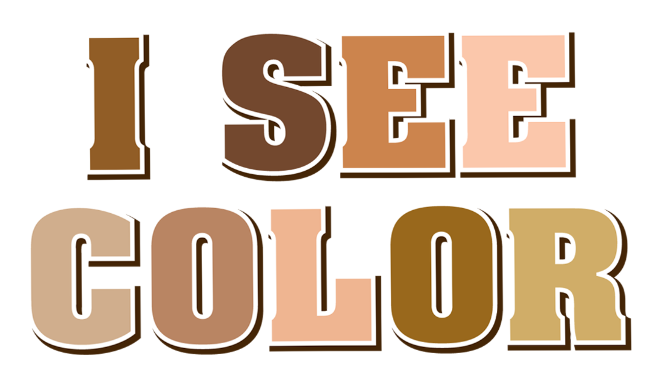About the Book
Why does it seem like we are stuck when it comes to the issue of race in our country?
Why does it seem like there is so much hostility surrounding the discussions about race and racism?
Do we whites feel that enough has been done to resolve the tensions between Blacks and whites?
If you are like Bob Pellegrino, then you are someone who wants to close this gap of differing perspectives between Blacks and whites. You want to truly understand why whites don’t see many events in the same way as Blacks. If that’s true then ask yourself this question: what have we done to educate ourselves on this subject?
Step away from your opinions for a minute, and ask yourself honestly – where do I get my information about how Blacks experience and view the issue of racism and our involvement in that? Bob Pellegrino’s book is an excellent primer into changing and educating white views on this topic, drawing from his own education and experience for over 30 years.
Let that education and experience catapult you into a higher level of understanding and consciousness regarding race relations.
Watch the "About" video below...
“In this passionate, courageous and expertly-informed book, Bob Pellegrino uses a lifetime of research and engrossing experience to reveal the deeply held, often unconscious, racist beliefs still residing in white Americans. He does it not as accusation, but as a a provocative challenge to look inside, then outward, and to engage in difficult and provocative conversations with ourselves and others. ”
About the Author
Robert L. Pellegrino, Esq.
Bob Pellegrino was raised in a nearly all-white town and was educated in nearly all-white schools. Thinking himself to be open-minded and very liberal, his encounters with some black students at college and with some friendships formed thereafter, he began to uncover some hidden biases in his thoughts and actions. Once he began to open his mind to the possibility that he harbored racist sentiments, he dove into the journey of reeducating himself on the topic of race and race relations. He did this by reading numerous books and articles written by black authors, attending lectures and symposiums run by black scholars and dialoguing for hours on end with black friends and colleagues. He came to the realization that most whites have the same “blind spots” when it comes to understanding the dynamics of racism. He founded an organization called SOAR-Speak Out Against Racism, in an effort to educate whites and combat the racism found in the white community. He has written extensively about particular issues around race and has spoken at numerous events as well. He co-hosted a local television show dealing with racial issues between Blacks and whites.
He is a graduate of Bowdoin College in Maine and received his Juris Doctor from the University of Maine School of Law. He has been practicing law for over 30 years while constantly trying to raise his consciousness and the consciousness of whites regarding race relations. He is interracially married and lives with his wife and daughter in New Haven, Connecticut.
Table of Contents
- Acknowledgements
- Foreword
- Introduction
- Chapter One: Unlocking Our Minds
- Chapter Two: The Man in the Mirror
- Chapter Three: Racism Unplugged
- Chapter Four: Our Racism is Not Their Prejudice
- Chapter Five: I'm OK, You're OK
- Chapter Six: Blinded by the White
- Chapter Seven: Post-Racial America Through Black Eyes
- Chapter Eight: The American Dream
- APPENDIX I: SOAR Statement of Beliefs
- APPENDIX II: 20 Race Relations Discussion Questions
- APPENDIX III: Common Misstatements by Whites
- APPENDIX IV: Glossary
- APPENDIX V: Sources of Informations
- INDEX
Why read I See Color?
- To open your mind and do some serious soul-searching.
- To truly learn in a more formal ay about our failures to improve race relations followed by some solutions to lead us to success.
- To become a better human being by seeing a more accurate picture of who we are and who we could be.
Who is I See Color for?
- White people looking to understand their own racism.
- White people who are confused about why race relations are stagnant.
- White people who are self-reflective and want to raise their consciousness about race.
White people who want to educate themselves on the different roles and responsibilities for race relations between Blacks and whites.



